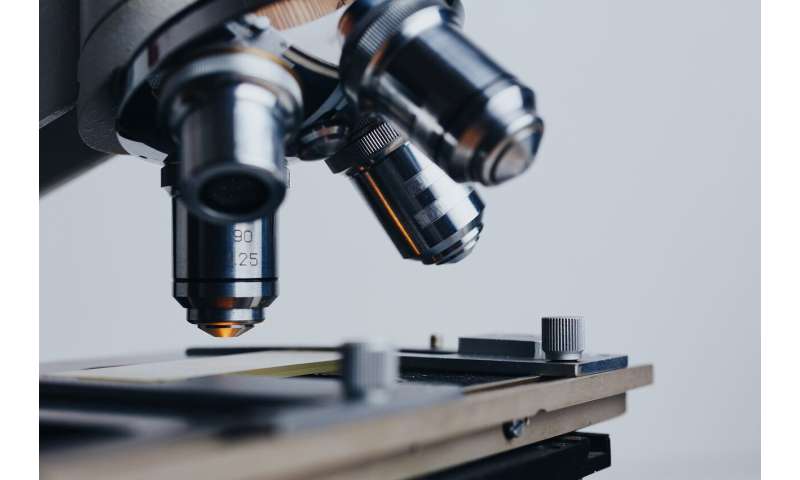
Chronic and recurrent bacterial diseases are treatment-resistant due to the ability of the pathogens to establish biofilms, which act as fortresses built of extracellular DNA and proteins to protect populations of the bacteria.
For more than 11 years, researchers Lauren Bakaletz, Ph.D., and Steve Goodman, Ph.D., have been working to understand and dismantle biofilms.
“Biofilms are involved in the majority of chronic and recurrent bacterial diseases in the respiratory tract, oral cavity, gastrointestinal tract and urogenital tract,” said Dr. Bakaletz, director of the Center for Microbial Pathogenesis and vice president of Basic Sciences at the Abigail Wexner Research Institute at Nationwide Children’s (AWRI). “Our work has been to understand the structure and function of biofilms, and ultimately, to find a novel approach to prevent or eradicate them.”
Earlier this year, Drs. Bakaletz, Goodman and their team reported in Proceedings of the National Academy of Sciences (PNAS) the role of the DNABII family of bacterial DNA-binding proteins as the “lynchpin” of the biofilm structures.
In their latest paper, published today in EBioMedicine, they demonstrate how using a new platform technology of DNABII-directed antibodies can rapidly disrupt existing biofilms- and prevent them from forming at all.
“This approach attacks a feature common to all biofilms—it’s worked on every type of biofilm we’ve tested,” said Dr. Goodman, study author and director of the Oral GI Microbiology Research Affinity Group in the Center for Microbial Pathogenesis at AWRI. “We believe this technology has the potential to resolve infections characterized by communities of heterogenous bacteria where other single-pathogen approaches have failed.”
In a preclinical model of otitis media caused by nontypeable Haemophilus inluenzae (NTHI), a monoclonal antibody against a chimeric peptide immunogen designed to target specific regions of the DNABIII proteins, as well as its antigen-binding fragment, was used to disrupt established biofilms. In the preclinical model, this approach resolved the NTHI-induced disease and eradicated the biofilms from the middle ears.
Next, the team used the chimeric peptide immunogen as a preventative immunization, which induced antibodies that prevented biofilm formation and disease development in a viral-bacterial coinfection model.
Finally, the team humanized a monoclonal antibody against the chimeric peptide immunogen, then characterized and validated that it maintained therapeutic efficacy both in vitro and in vivo.
Source: Read Full Article
